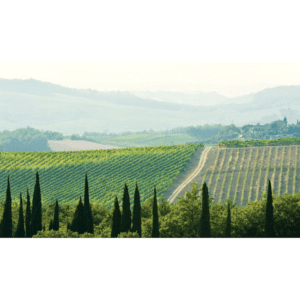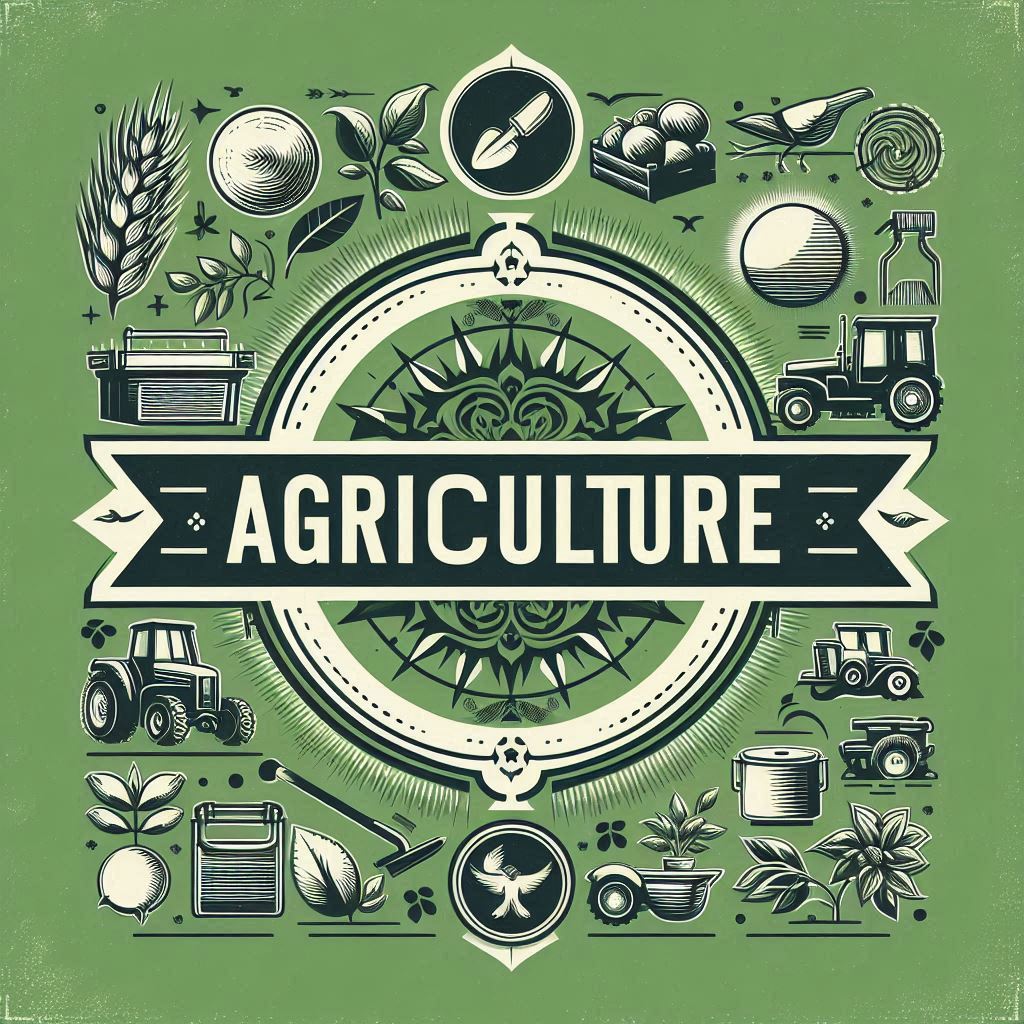Arid Regions – The Oasis of Hope:
In the arid climates prevalent in certain parts of Africa, where water scarcity poses a perpetual challenge, subsistence farming emerges as a testament to human ingenuity. Faced with the daunting task of cultivating crops in environments with limited water resources, communities in these regions have exhibited remarkable creativity in developing intricate systems of water conservation. Terracing, a method that involves creating step-like structures on sloping terrain, is employed to slow water runoff and enhance soil moisture retention. Additionally, drip irrigation, a precise and targeted watering technique, is implemented to minimize water wastage and ensure that crops receive optimal hydration. These innovative approaches exemplify the resourcefulness of subsistence farmers as they navigate the arid landscape to maximize agricultural productivity.
The crops cultivated in these challenging conditions further underscore the resilience of subsistence farming. Varieties such as millet, sorghum, and specially bred drought-resistant vegetables have adapted to thrive in harsh environments with minimal water availability. These crops not only serve as a vital source of sustenance for local communities but also represent the resilience of nature and agricultural practices in the face of adversity.
The ability of subsistence farming to coax life from seemingly inhospitable landscapes transforms arid regions into vibrant oases of hope, where communities persistently cultivate sustenance despite the challenging conditions. In this dynamic interplay between the environment and agricultural practices, farmers in arid regions pass down traditional knowledge of water management through generations, ensuring the continuity of these invaluable practices and the preservation of their communities’ agricultural heritage.
Temperate Zones – Seasons of Plenty:
In temperate climates, characterized by the ebb and flow of distinct seasons, subsistence farming becomes an intricate dance with the rhythm of nature. Each season brings its own set of tasks and opportunities, transforming the agricultural landscape into a cyclical spectacle of cultivation. As spring unfolds, fruit trees burst into blossoms, signaling the beginning of a period of growth and abundance. Subsistence farmers in these regions harness the energy of the season to cultivate a variety of crops, leveraging the fertile conditions for optimal yields.
Traditional practices play a pivotal role in the success of subsistence farming in temperate climates. Crop rotation, a method where different crops are planted in a sequence to enhance soil fertility and prevent the depletion of nutrients, becomes a well-choreographed strategy. Intercropping, the simultaneous cultivation of different crops in the same field, further optimizes land usage and promotes biodiversity. These practices not only maximize agricultural productivity but also ensure a diverse array of produce throughout the year, aligning subsistence farming with the cyclical nature of the changing seasons.
The shifting seasons not only dictate the practical aspects of the agricultural calendar but also infuse a profound sense of anticipation and celebration into the fabric of subsistence farming. As autumn approaches, the harvesting of root vegetables becomes a culmination of the year’s efforts. This period of abundance is not only a time for gathering the fruits of labor but also a moment of celebration, marking the successful collaboration between subsistence farmers and the natural world. The cyclical nature of subsistence farming in temperate climates highlights not just the pragmatic adaptation to changing seasons but also the deep-rooted harmony that exists between agricultural practices and the perpetual dance of nature.
Tropical Rainforests – Canopies of Abundance:
Within the heart of tropical rainforests, characterized by their unparalleled biodiversity and frequent rainfall, subsistence farming takes on a unique and symbiotic form. Indigenous communities residing in regions like the Amazon basin have honed the practice of agroforestry, an approach where crops are cultivated beneath the towering canopy of the rainforest’s diverse tree species. This intricate interplay between crops and the natural environment exemplifies a harmonious relationship that not only sustains the delicate ecosystem but also yields a rich bounty of produce.
Agroforestry in tropical rainforests serves as a beacon of sustainable subsistence farming. The dense network of trees overhead not only provides shade to the cultivated crops but also fosters nutrient cycling and soil conservation. This ensures the longevity of agricultural practices without causing significant harm to the surrounding ecosystem. In this way, the practice becomes a living example of how subsistence farming can coexist with and even enhance the biodiversity of a region known for its ecological richness.
The rainforests, through agroforestry, transform into more than just a source of sustenance; they become vibrant showcases of biodiversity conservation. The cultivated crops, ranging from exotic fruits to nuts and medicinal plants, not only meet the immediate needs of the communities but also contribute to the broader ecological balance. The delicate dance between subsistence farming and the rainforest ecosystem stands as a testament to the possibility of sustainable agricultural practices that nourish both the people and the environment they call home.
Mountainous Terrain – Terracing the Heights:
In the picturesque expanse of mountainous regions, where the formidable challenge of steep slopes looms large, subsistence farming undergoes a transformative adaptation through the ingenious creation of terraced fields. Terracing, a method involving the construction of step-like structures along the contours of the slopes, emerges as a crucial solution to combat soil erosion and optimize the use of available land. This agricultural innovation not only safeguards the fertile topsoil from being washed away by rain but also provides a strategic means to maximize cultivation on otherwise challenging terrains.
Communities residing in mountainous landscapes, exemplified by the Himalayan region, showcase a remarkable tenacity as they practice subsistence farming at dizzying altitudes. These resilient communities have mastered the art of cultivating a variety of crops, including rice, barley, and potatoes, within the constraints of these steep, rugged terrains. The terraced landscapes that unfold across these mountainscapes are not only a breathtaking visual spectacle but also a testament to the indomitable spirit of those who have adapted to the unique challenges posed by mountainous topography.
The meticulously constructed terraced fields not only highlight the adaptability of subsistence farming but also serve as an enduring symbol of human determination to coexist with and harness the bounty of the natural world. The harmonious marriage between the ingenuity of terraced agriculture and the challenging mountainous landscapes stands as a living testament to the resilience and resourcefulness of communities that have learned to cultivate life from what may seem like inhospitable terrain.
Conclusion:
Subsistence farming, weaving a narrative deeply rooted in the connection between humanity and the land, unfolds as a tale of resilience and adaptation across diverse climates. From the arid expanses where water scarcity poses constant challenges to the lush rainforests teeming with biodiversity, subsistence farming serves as an embodiment of the indomitable spirit of human perseverance. It stands as a testament to the adaptability of communities worldwide, showcasing how, in the face of unique challenges and opportunities, subsistence farming becomes a harmonious collaboration with nature.
As we navigate the intricacies of an ever-changing world, the wisdom gleaned from the practices of subsistence farming becomes more than a means of sustenance; it transforms into a reservoir of knowledge on living in harmony with the natural world. The lessons drawn from adapting to arid landscapes, working symbiotically with tropical rainforests, and cultivating steep terrains resonate as timeless principles of coexistence. Subsistence farming, therefore, emerges not just as a practical method for securing livelihoods but as a profound narrative that underscores the enduring bond between humanity and the Earth. In its essence, it is a story of resilience, an ode to adaptation, and an acknowledgment of the interconnectedness that defines the relationship between humans and the planet we call home.
FAQs (Frequently Asked Questions)
Q1: What is subsistence farming, and how does it differ from commercial farming?
A1: Subsistence farming is a practice where individuals cultivate crops and rear livestock primarily to meet the basic needs of their households. Unlike commercial farming, which focuses on producing goods for sale, subsistence farming is geared towards self-sufficiency.
Q2: How does subsistence farming adapt to different climates, as mentioned in the article?
A2: Subsistence farming adapts to diverse climates by employing various techniques. For example, in arid regions, farmers use water conservation methods, while in temperate zones, they follow seasonal cycles for cultivation. The article provides insights into the unique adaptations across different climates.
Q3 What are some challenges faced by subsistence farmers in arid regions, as highlighted in the article?
A3: Arid regions pose challenges such as water scarcity for subsistence farmers. The article discusses how communities in these areas employ innovative solutions like terracing and drip irrigation to maximize water usage.
Q4: How does subsistence farming contribute to biodiversity in tropical rainforests?
A4: In tropical rainforests, subsistence farming often involves agroforestry, where crops are cultivated beneath the forest canopy. This practice preserves biodiversity by allowing crops and trees to coexist, as detailed in the article.
Q5: What traditional practices are mentioned for optimizing land usage in temperate climates?
A5: The article discusses traditional practices like crop rotation and intercropping in temperate climates. These techniques optimize land usage, ensuring a diverse array of produce throughout the year.
6. Q6: How do subsistence farmers in mountainous terrain overcome the challenge of steep slopes?
A6: In mountainous regions, subsistence farmers use terraced fields to overcome the challenge of steep slopes. The article explores how terracing prevents soil erosion and maximizes land usage in such terrains.
Q7: What is the significance of intentional goal setting in subsistence farming?
A7: The article emphasizes that intentional goal setting is crucial in subsistence farming as it provides a clear roadmap for personal and professional development. It guides individuals in measuring progress and learning from setbacks.
Q8: How does subsistence farming foster a harmonious relationship with nature, as mentioned in the article?
A8: Subsistence farming fosters a harmonious relationship with nature by adapting to local ecosystems. The article details practices like agroforestry and terracing, showcasing how subsistence farmers work in tandem with the environment.
Q9: What are some traditional practices mentioned in the article for water conservation in arid regions?
A9: The article highlights traditional practices like terracing and drip irrigation as methods for water conservation in arid regions. These practices enable subsistence farmers to make the most of limited water resources.
Q10: How does subsistence farming serve as a testament to human resilience, as discussed in the article?
A10: Subsistence farming serves as a testament to human resilience by showcasing the ability of communities to adapt and thrive in diverse and often challenging environments. The practice requires a deep understanding of local ecosystems, climate conditions, and sustainable agricultural methods.
 Subsistence farming, the age-old practice of cultivating crops and rearing livestock primarily to meet the basic needs of a household, stands as a testament to human resilience and adaptability. This traditional method of farming transcends geographical boundaries, manifesting itself in a myriad of ways across different climates. From the arid landscapes of Africa to the lush rainforests of South America, subsistence farming not only sustains livelihoods but also embodies a harmonious relationship between humanity and the earth.
Subsistence farming, the age-old practice of cultivating crops and rearing livestock primarily to meet the basic needs of a household, stands as a testament to human resilience and adaptability. This traditional method of farming transcends geographical boundaries, manifesting itself in a myriad of ways across different climates. From the arid landscapes of Africa to the lush rainforests of South America, subsistence farming not only sustains livelihoods but also embodies a harmonious relationship between humanity and the earth.


































